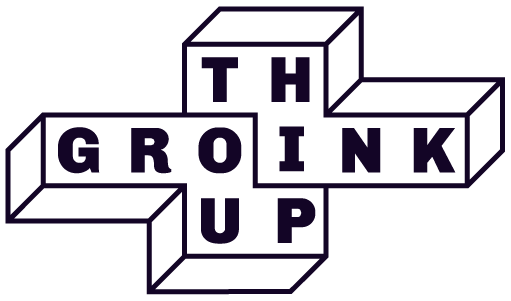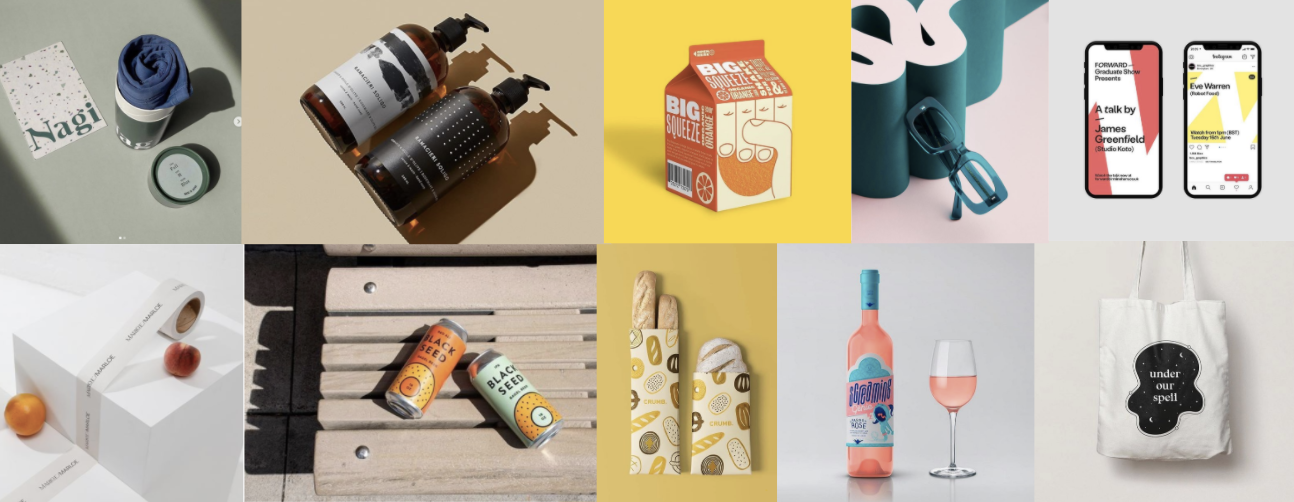7 things to know about buying behaviours
At Group Think, we tend to say reality eats theory for breakfast. So in this article, we’re leaving the land of polished brand positioning and insight frameworks to talk about why and how people buy stuff.
Understanding how buyers behave — the decisions and actions people take when they purchase a product or service in your category — is one of the fundamentals of marketing and too often ignored by, err, marketers.
So let’s dive into the world of cluttered physical & online shops and find out how we can influence purchases.
The 7 things you should know about buying behaviours
1. There are four ways to grow a brand:
get people to buy more often (increase frequency)
to buy more items (increase average basket weight)
to buy at a higher price (price elasticity)
or you need to get more customers (penetration)
Choose yours wisely.
2. Think about the purchase context - i.e.: the retail experience, not just your portfolio
Half of our decisions are made in-store. And while this is how you see your brand:
Here’s how the customer sees it:
Bit more chaotic, right?
3. Don’t forget that people don’t buy what they don’t see
Find ways to expand your real estate in the clutter of a shop. Or to stand out at a glance!
(This is where things like building the right distinctive assets can really pay off.)
4. Strong associations beat preference
You’d think we buy brands we prefer. Spoiler alert: we don’t! Associations and context are the primary drivers of choice.
We mostly buy what feels vaguely familiar.
5. In the moment of truth, our brain has a limited ability to process information
95% of daily tasks are processed unconsciously - our conscious mind is kinda lazy.
So at the moment of truth, the mind is more likely to default to automatic behaviours.
6. However we do notice change
We can use some of the principles of behavioural science to disrupt unconscious processes and shake people out of a regular buying routine.
7. Here are five principles to follow:
Key Brand Attributes are your best heuristics.
Ease the path to purchase – make it easy to buy.
Reach people outside of their everyday rituals.
Codify to help unpack information and make it easier to decide.
Use framing to appeal to our desire for rewards.
If you get familiar with this stuff, you’re already ahead of 90% of the competition.
(Based on a very informal study we did.)
Want to come to our strategy events and discuss more stuff like this? Become a Group Think member below. It’s all free.



